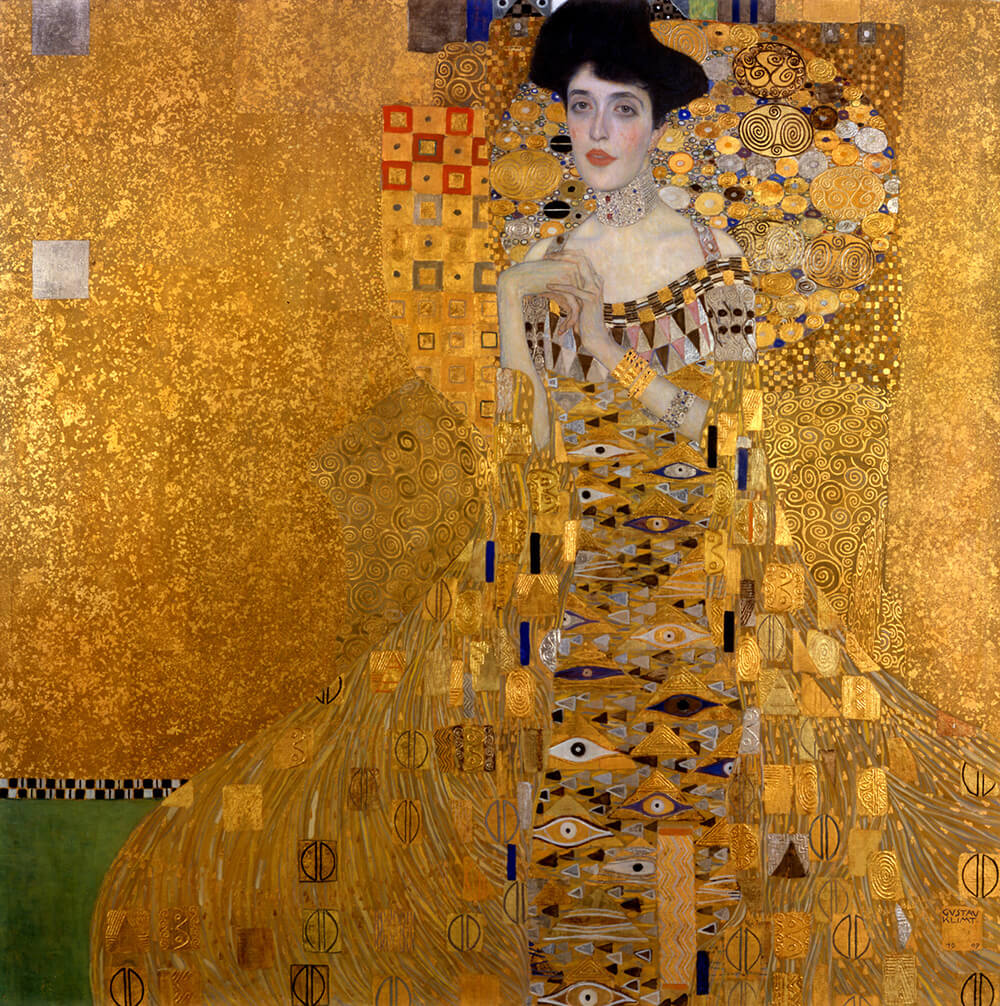In 2006 some rather notable works of art sold for absolutely incredible amounts.
Gustav Klimt’s painting, Adele Bloch-Bauer I, was purchased for $135 million in June, besting the previous record holder (a painting by Picasso) by approximately $20 million.
And just this month a Jackson Pollock painting simply titled No. 5 sold for $140 million along with four Klimt paintings at the Impressionist and Modern Art sale at Christie’s, contributing to an overall amount of $491 million made at the event.
Are these paintings actually worth that much?
To be honest, it’s nearly impossible to put a value on paintings by famous deceased artists, other than by seeing what people are willing to pay. What makes it even tougher is that many of these famous paintings will never be sold—Guernica by Pablo Picasso and Salvador Dali’s The Persistence of Memory, for example, are owned by museums. You won’t see those in an art sale.
As a result, that makes privately held works of Picasso, Klimt, and Pollock even more valuable. They can never be replaced, there are a limited number of them, and they were created during turning points in the history of art.
More than just rarity influences the value of these works, however. Both Klimt’s paintings and Pollock’s have the one quality most sought after in the art world: they’re intrinsically different. These two artists created art that was unique not only for their time but which is still unique today.
Jackson Pollock’s art
Pollock pioneered what we now refer to as process or action art. You’re probably familiar with his method, especially if you’ve seen the movie, Pollock. He would walk around on a large piece of canvas stretched out on the floor, dripping and drizzling colors from paint cans in a sort of dance. The difference was not that he used an odd way of connecting color and canvas—what makes Pollock’s work special is that to him the creation of the painting was the art, more than the final product.
Whether or not you like his work is, of course, up to you. I’d encourage you to see some of his paintings in person if at all possible.
Gustav Klimt’s paintings
Gustav Klimt might not be as familiar to you as Pollock, but his work is no less amazing in its singularity. The painting I mentioned earlier, Adele Bloch-Bauer I was created with oil paints in combination with gold leaf.
By mixing traditional oils with gold, Klimt lent a sense of importance, wealth, and power to his images, and creating works of art that immediately capture attention.
I would consider both Gustav Klimt and Jackson Pollock’s art to be good examples of how art can be different and unique. Unfortunately, some artists go too far.
For instance, Thomas Kinkade, the famous painter of light, now sells some reproductions of his paintings with special “DNA technology” built right into the signature. Kinkade’s DNA is mixed into the ink which is used in the automated signing process to verify the authenticity of the print.
As a result, he can charge more for them. But in reality, 100 years from now that print will be worth no more than any other print—by Kinkade or any other artist. I believe he’s illegitimately inflated the actual value of his reproductions yet many people are willing to pay thousands of dollars for that piece of printed paper.
But if you think putting DNA in signatures is strange, check out DNA 11. They specialize in custom modern art based on your fingerprint or DNA pattern, making each artwork unique just for you. It’s strange, yes, but very fitting for today.
As to whether or not it’s good art, well. . . You make the call.
This post may contain affiliate links.

